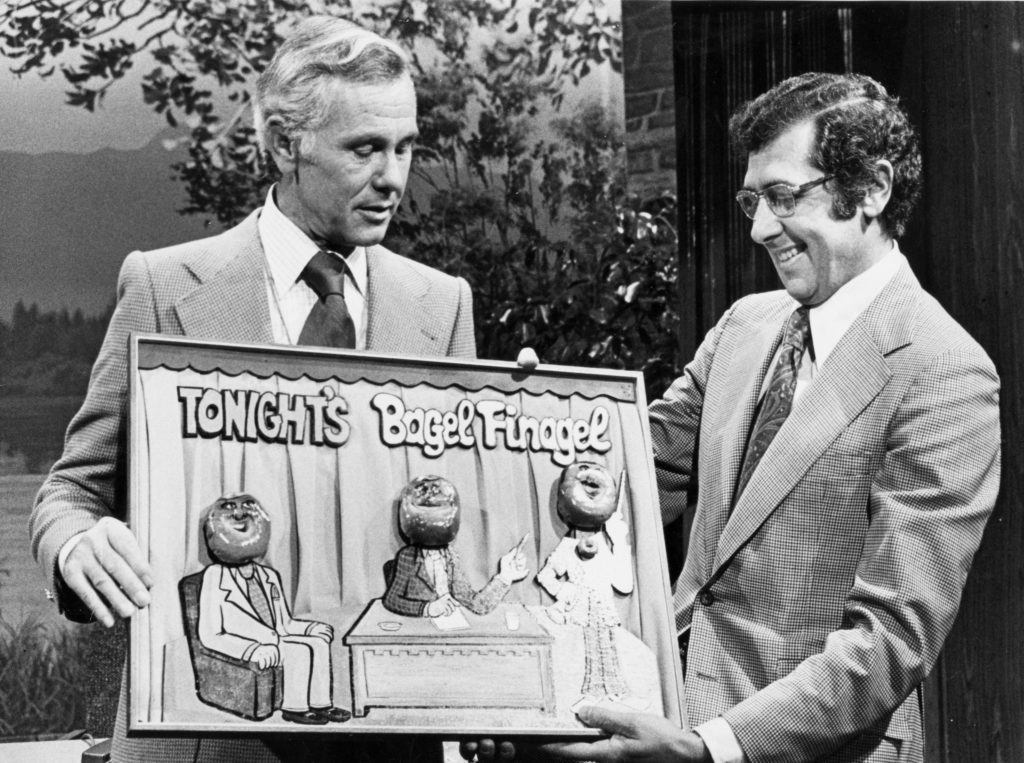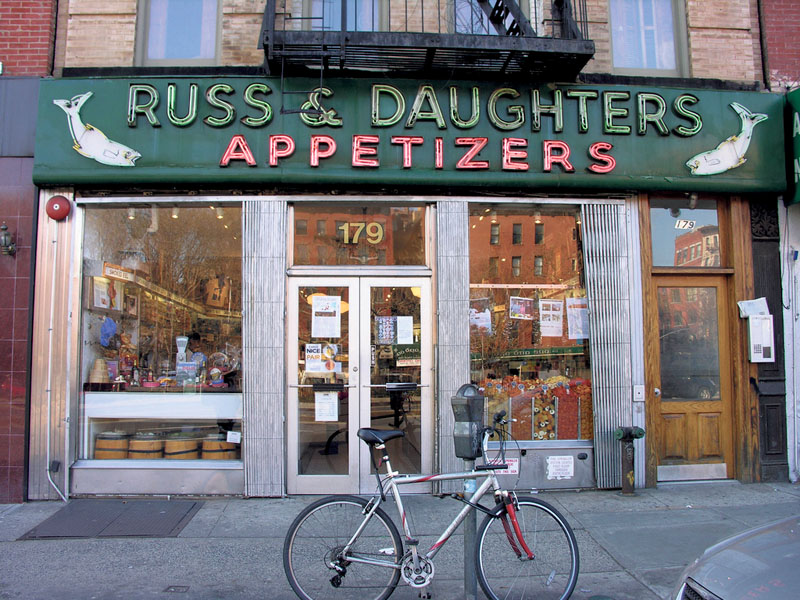
Bagels are about as ubiquitous a baked good as you’re going to find in the New York City/Long Island area. And for good reason. These doughy delights were brought to the United States by immigrant Polish Jews, who set up shop on Manhattan’s Lower East Side in the early 1900s. It was here where the Bagel Bakers Local 338 ensured fair wages and good working conditions while allowing these bakers to thrive and get the word out about these then-handmade concoctions.
To get to the root of the bagel (or beygal as it is known in Yiddish), you have to travel back to the Ashkenazi Jewish communities of the 17th century. This is where the earliest mention of the bagel was made in 1610 as part of Jewish community ordinances in Kraków, Poland. Fast-forward to the early 1960s, when Harry Lender, son Murray and Florence Sender leased the technology to pioneer automated production and distribution of frozen bagels. And while the ideal bagel should have a slightly crispy crust, a chewy inside and the flavor of freshly baked bread, there are a number of variations that have come to play over time.
Our friends in the Great White North have come up with something called the Montreal bagel, which is boiled in honey-sweetened water, contains malt and sugar with no salt and is baked in a wood-fired oven. These bagels are smaller with a larger whole and are crunchier and sweeter. New York bagels contain salt and malt and are boiled in water before being baked in a standard oven, which results in a puffier bagel with a moist crust.

Other variations include Chicago-style bagels, which are baked or baked with steam. Traditional London bagels (or beigels) are harder and have a coarser texture with air bubbles. There are also offshoots including flagels, a flat bagel credited with being invented by Brooklyn’s Tasty Bagels deli in the early 1990s. Then there is the bagel’s cousin, the bialy, which is a baked roll of Polish origin that has a depression rather than a hole and can also be found at bagel shops.
There are also international versions of the bagel. They come from Russia (bublik—larger bagels with a wider hole), Finland (vesirinkeli—small rings of yeast-leavened wheat bread), Austria (beugel—ring-shaped pastries flavored with caraway that are boiled before being baked), Turkey (simit—circular bread encrusted with sesame seeds) and even China (girdeh—a type of nan with a hole that does not go all the way through).
Thanks to automation and advances in freezing technology, three million bagels are exported from the United States annually. And nowadays, you’ll even find variations that include gluten-free, green tea, banana-nut, blueberry and even green bagels for St. Patrick’s Day. Bagels have become the kind of cultural and culinary icon that’s gone far beyond its humble immigrant origins.



















